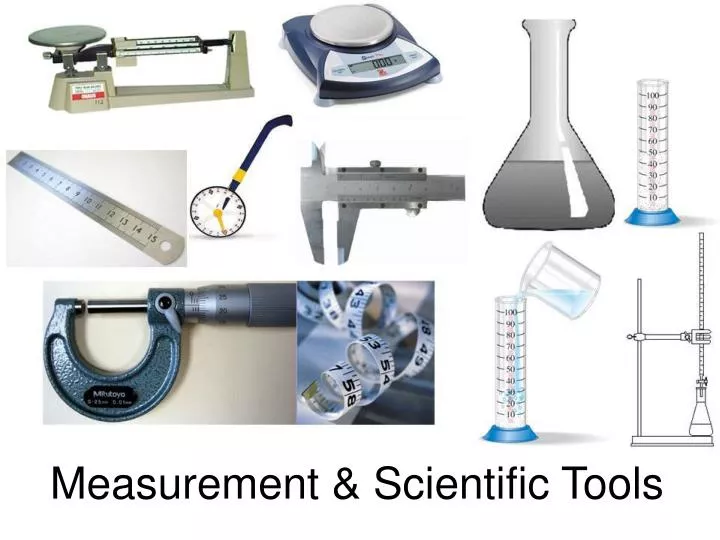A Scientific measurement is a result of a scientific process or experiment, usually expressed in numbers or standard units, that you obtain by measuring something. The scientific name for material is ‘matter’. All the matter occupies space and has what is called ‘mass’. Many properties of matter are quantitative; that is, they are associated with numbers. When a number represents a measured quantity, the units of that quantity must always be specified.
To say that the
length of a pencil is 17.5 for example, is meaningless. However, to say that it
is 17.5 centimetres (cm) properly specifies the length. The units used for
scientific measurement are those of the metric system. Matter can
be measured in terms of time, length and mass.
The metric system, which was first developed in France during the late
eighteenth century, is used as the system of measurement in most countries
throughout the world.
SYSTÈME INTERNATIONAL D’UNITÉS
In the past, many countries followed their own system of measurement and units. To avoid inconveniences that would result from this difference, a common scientific system of units of measurements became necessary. In 1968, a group of scientists from different countries met at ‘the conférence Générale des Poids et des Mesures (CGPM)’ (General Conference on Weight and Measures).
The system they recommended came to be known as ‘système
International d’Unités’ (International System of units) shortened to S.I. units. The system uses seven base units and all others units
are derived from these base units by multiplying or dividing one unit by
another without introducing a numerical factor.
NAMES AND SYMBOLS FOR BASE S.I. UNITS.
|
Physical quantity |
Name of Si base unit |
Symbol for unit |
|
Length Mass Time Electric
current Thermodynamic
temperature Luminous
intensity Amount of
substance |
Metre Kilogramme Second Ampere Kelvin Candela Mole |
m kg s A K cd mol |
Base quantities and
units
 |
DERIVED UNITS
Most of the units commonly used are
a combination of the basic units. There are given in the table below
|
Quantity |
Unit |
Symbol |
|
Velocity Acceleration Force Energy Frequency Angle Area Volume Density Momentum Pressure Power Electric
charge Potential
difference Resistance Capacitance |
metre per
second Metre per
second squared Newton Joule Hertz Radian Square metre Cubic metre Kilogramme
per cubic metre Kilogramme
metre per second Pascal Watt Coulomb Volt Ohm Farad |
m/s m/s2 N or kg·m/s2 J or kg·m2/s2 Hz rd m2 m3 Kg/m3 Kg·m/s Pa W or N·m/s C V Ω F |
Derived quantities and units










0 Comments